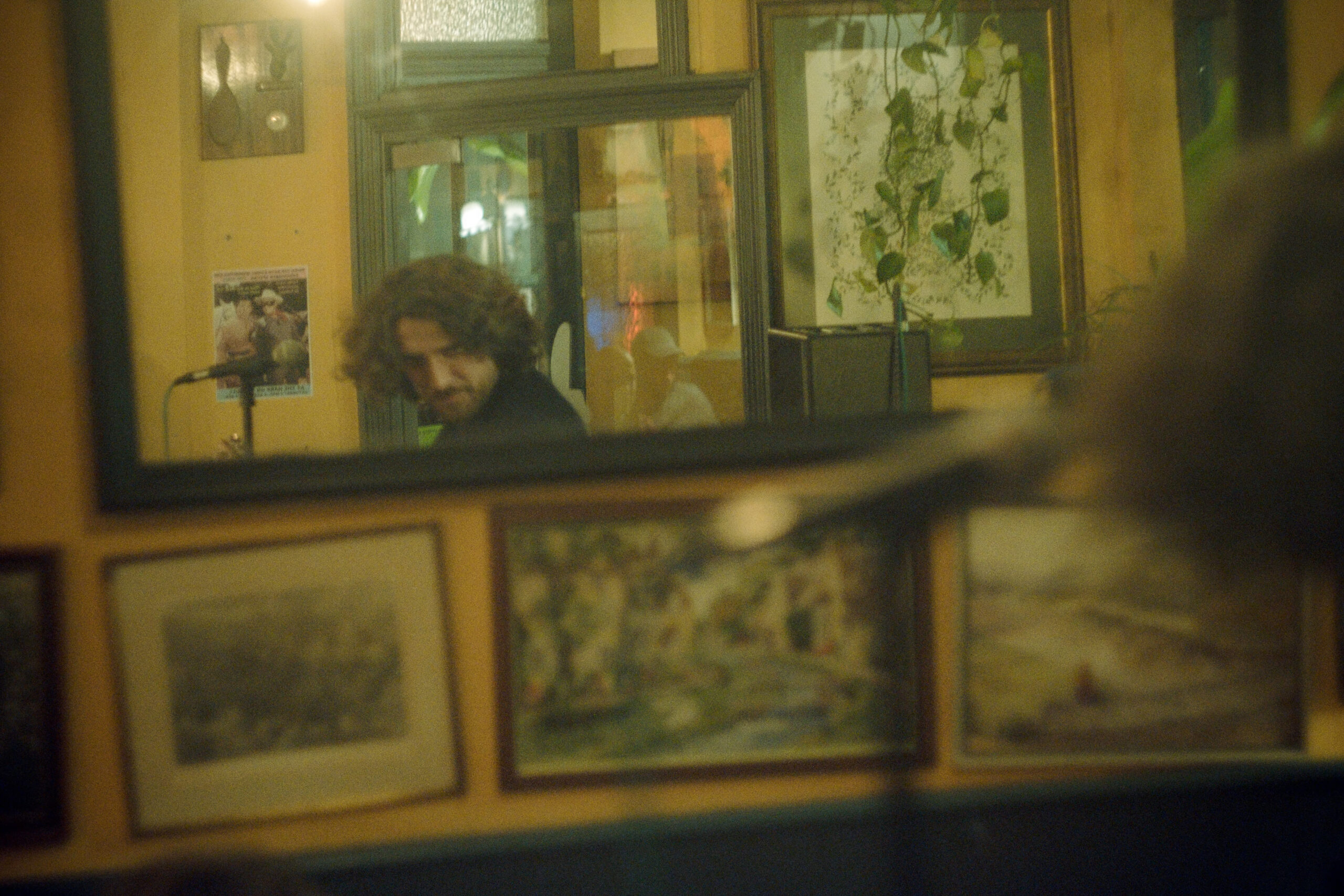The magic of a photograph is representing the 3D world in a plane of pixels or print that halts the forward marching dimension of time. It goes further by implying depth to the world through graphology of light, using contrast, colour, focus, etc. so that the author can imply a representation of reality (or surreality), halted in time and space, now placed on a 2D plane of pixels or print.
With this magic, however, there is a dilemma of choice for the photographer. The ways to imply depth of reality or non-reality are endless.
Let’s just look at the depth of field for now.
A shallow, creamy depth of field is a desirable effect in photography and cinema. This is talked about a lot when looking at purchasing a lens of any type. The effects of such a decision when authoring an image are intended to create separation with a subject against their environment to imply a sense of depth. If all I can see is the eyes and face in focus, and all else a dreamlike creamy blur, then I am focused on this pinpoint of reality and the possibilities for all else are endless but do not distract from this point of focus. You are inherently in the subject’s mind and they are in yours. What a wonderful idea, no argument from me there. My argument comes where the alternatives are disregarded.
Let’s take Ran (1985), Akira Kurosawa’s feudal Japanese take on Shakespeare’s King Lear. If you’ve seen it, it evokes the truest sense of Cinematic. Through epic staging, incredible scale, and beauty in every sense you can think of (you can say I’m a fan). If we take the depth, much like the rest of Kurosawa’s work the camera has a wide depth of field. Nothing is hidden. All characters and landscapes are in focus at almost every point of the film. This is a great technical challenge because you can’t hide behind a blurry background, but it also helps put you in the world of the characters and the story, almost as if watching a stage play, but on a stage that could only be represented on the silver screen.
If this is possible, then why are we told we should be chasing this dreamlike bokeh world in photography? My thought is that it’s just easy marketing. You can sell a camera or lens or phone camera app on the fact that it can throw a soft focus in the background. You can sell a creamy image. It may not be a good image, but it’s easier to sell over the nuanced difficulties of capturing an intentional photograph where everything in the frame is intentionally there and viewable. No hiding.
Kurosawa chooses to imply depth in the image through grand staging, use of colour and character positioning.


Seeing the shot above, the deep focus as the king/lord exits their holding, moves from being a small element in the frame, to a large, obstructing the yellow soldiers on the right hand side as the gates close and the burning red becomes more intense. The white of his robes contrast against the darker background, the blood red drawing your eye. These pictures worth over 1000 words showcase different methodology to draw depth through an image.
It is not that shallow depth of field is a new tool. Stanley Kubrick, Barry Lyndon (1975) is 10 years older than Ran, and used custom lenses with the widest apertures for the interiors that helped obfuscate the darkness so that only the candlelight and the focus within the candlelight were in focus. It is just that depth of field is almost a measurable factor between images. It is an objective truth to an image. ‘My photo is shallower than your photo’. It is easier to wrap your head around this.
This dilemma is one which I’m not aiming to solve, but just discuss, as we should take into consideration all options when encouraging depth in our images. We can, if embracing the wider depth of field, develop compositional techniques to imply depth by creating levels of staging and perspective in a location. Or the use of lighting to create depth, or any tool we can think of. If we unlock the obsession with depth of field, then we can hopefully try to experiment with these other tools.
